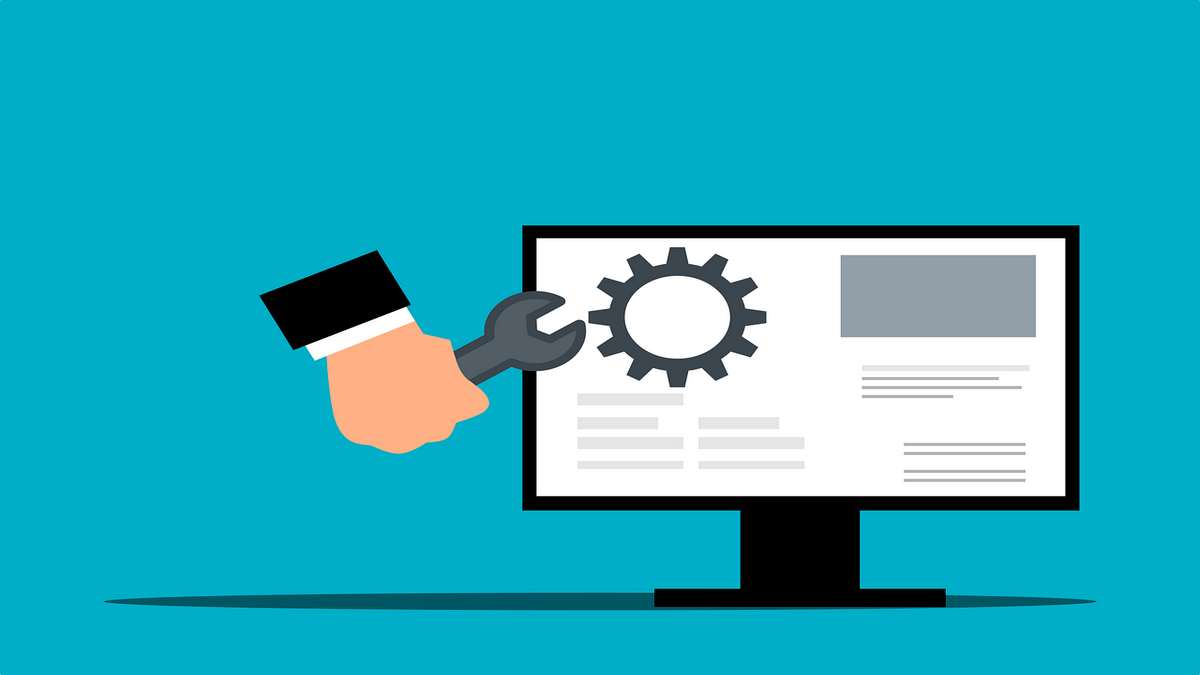
It is essential to know how to implement a quality management system software to help ensure the smoothness of your supply chain. When you effectively set up a quality management system software, it’s like building a digital bridge to move your firm from uncertainty to consistency. So it’s easy to find QMS software, a pretty useful tool that benefits you in various ways.
In this article, you will learn how to successfully implement and integrate quality management system software in your business.
Set Your Quality Policy
Your quality policy defines the organization’s responsibility in terms of quality. Consider dedication to customer demands when designing a quality management system.
Set Your Quality Goals
All quality management systems require goals, and every employee should be aware of them. Defining a goal is a key to success as it helps an organization focus on fulfilling its mission.
Here are some key factors to consider:
- Financial Performance
- Product Quality
- Process Improvement
- Customer Satisfaction
- Market Share
- Employee Satisfaction
Set Metrics to Track Your CSF Data
Once you’ve identified the primary criteria for success, track your progress with metrics and measurements. This process can be accomplished through data reporting techniques that gather specific information. The method aims to improve the Consumer Satisfaction Index (CSI) score.
Find Defects in Every Process and Fix Them
Defects are the result of a product malfunction or process problem. Whenever a defect occurs, it is necessary to measure and correct it to ensure a steady supply chain. Identify all the issues and apply necessary remedial action.
Design Documents and Records
QMS requires some descriptive information and formats. Start with minimal documentation and spread it out as needed.
- Create the necessary documentation according to the business strategy.
- Follow the required quality policies, procedures, and paperwork.
- For each specified procedure, create documentary information and formats (records).
Set Quality Process
Define your quality process, including internal audits, management reviews, corrective and preventive procedures, and communication processes.
Training Requirements
Everyone must demonstrate the ability to work, and training is just the beginning. Internal auditor skills training, failure methods, impact analysis (FMEA) training, and corrective action training are essential training topics.
Use a Quality Management System
The use of QMS ensures that the highest quality product is produced. In this process;
- Collect and record inconsistencies;
- Examine the data for possible corrections and prevention measures;
- Review FMEAs for risks and actions;
- Conduct management reviews and internal audits.
Monitor Implementation Activities to Improve Performance
The use of quality management systems involves gathering information and analyzing data. This process helps determine if it is suitable for use and whether the desired results can be achieved. Therefore, monitoring its performance in the initial phases will help make the necessary changes to its functions.
It is essential to make sure that all your employees are aware of the vision of QMS, and for a successful implementation, you can train the employees to understand the standards.



